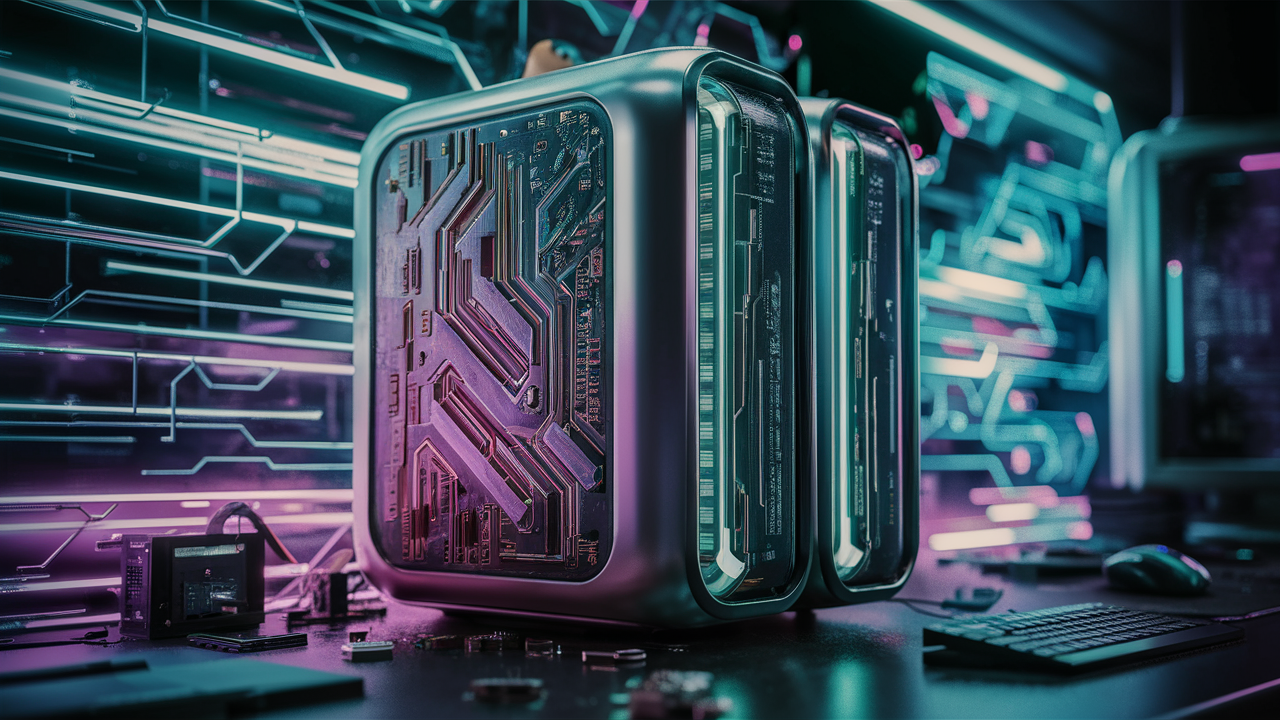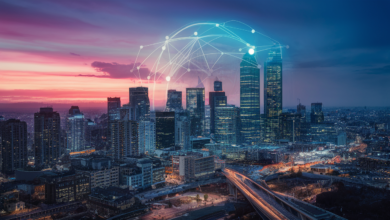In the modern digital age, every connected device — whether a smartphone, computer, or router — has a unique IP address. These numerical identifiers are essential for communication across the internet. When users come across numbers like 264.68.111.161, curiosity often arises: What does this IP address mean? Who owns it? Can it be tracked? This article provides a detailed explanation of IP address 264.68.111.161, the concept of IP addressing, tracking concerns, and online privacy.
By the end of this guide, you’ll understand how IP addresses function, why certain IP formats are invalid, and how to stay secure while browsing online.
What Is 264.68.111.161?
At first glance, 264.68.111.161 looks like a valid IPv4 address — a four-part numerical label separated by dots. However, this specific number sequence is invalid in the IPv4 format. The IPv4 system only allows numbers from 0 to 255 in each section, meaning that “264” exceeds the valid range. Therefore, 264.68.111.161 cannot be an active or assigned IP address.
This type of IP is often used as an example in educational or testing contexts to illustrate invalid addressing or demonstrate how to detect non-existent or misconfigured IPs. Understanding why it’s invalid helps clarify how IP systems operate within fixed numerical parameters.
Understanding IP Addresses
An IP (Internet Protocol) address is a unique string of numbers assigned to every device connected to the internet. It functions like a digital “home address,” helping computers locate and communicate with each other across networks.
There are two main versions of IP addressing:
- IPv4 (Internet Protocol version 4) – The most widely used system, consisting of four sets of numbers (e.g., 192.168.0.1). Each segment ranges from 0 to 255.
- IPv6 (Internet Protocol version 6) – A newer and longer format designed to handle the growing number of devices. It uses alphanumeric characters (e.g., 2001:0db8:85a3::8a2e:0370:7334).
Every website, server, and connected device operates under one of these two systems. Without IP addresses, the internet would have no way to route information or identify users.
Why 264.68.111.161 Is Not a Valid IP Address
The most straightforward reason 264.68.111.161 cannot exist as a functional IPv4 address is because the number “264” is outside the allowable range. In an IPv4 format, each octet can only have values from 0 to 255. Any number higher than 255 makes the address invalid and non-routable.
Here’s a breakdown:
- The first segment (“264”) exceeds the limit.
- The remaining segments (68.111.161) are within range.
- Because one segment fails, the entire address becomes unusable.
This type of mistake often occurs due to:
- Typos in configuration files.
- Incorrect documentation or placeholder examples.
- Testing or simulation environments where real IPs aren’t used.
Understanding this helps network administrators and developers avoid common setup errors when configuring systems or diagnosing connectivity issues.
The Purpose of IP Addresses in Networking
Every time you send an email, visit a website, or stream a video, your device uses an IP address to communicate with other servers. These addresses allow:
- Data routing between devices.
- Location identification for network communication.
- Connection tracking to ensure data packets reach their correct destination.
For example, when you visit a website, your computer requests information from that site’s IP address. The web server then sends the data back to your own IP, completing the connection loop.
Without IP addresses, the entire internet infrastructure would fail — they are the backbone of all online communication.
How IP Tracking Works
Many users worry about whether specific IPs — like 264.68.111.161 — can be traced. In general, IP tracking refers to the ability to locate or identify the origin of an internet connection. However, several key points are worth understanding:
- IP addresses reveal approximate location, not exact identity. They can show a general region or internet service provider (ISP) but not a person’s name or home address.
- Websites and servers log IP addresses for security, analytics, and performance optimization.
- Dynamic IPs change periodically, making tracking inconsistent.
- VPNs and proxies mask real IPs, adding a layer of privacy.
Therefore, while IP tracking provides insight into where data originates, it does not directly identify users without cooperation from ISPs or legal authorities.
IPv4 vs IPv6 – The Future of Internet Addressing
The reason we see odd addresses like 264.68.111.161 sometimes appear in discussions is partly due to the shortage of IPv4 addresses. The world has nearly exhausted all available IPv4 combinations. To solve this, the IPv6 protocol was introduced, providing over 340 undecillion possible addresses.
Key differences include:
- IPv4: 32-bit address format, about 4.3 billion combinations.
- IPv6: 128-bit format, virtually unlimited combinations.
- IPv6 uses alphanumeric characters, allowing much greater flexibility and scalability.
As technology evolves, the transition to IPv6 ensures the continued growth of the internet without IP conflicts or shortages.
Common Misconceptions About IP Addresses Like 264.68.111.161
- “An IP reveals someone’s exact location.”
False. It only gives a rough estimate based on the ISP’s service area. - “Invalid IPs can still be tracked.”
Incorrect. Since 264.68.111.161 is invalid, it cannot exist on the internet and thus cannot be traced. - “All IPs are public.”
No. Some are private or reserved for internal networks (like 192.168.x.x). - “Changing your IP makes you anonymous.”
Not entirely. While changing your IP hides your session identity, ISPs can still trace your activities if required by law.
The Importance of IP Security and Privacy
Understanding IPs like 264.68.111.161 also sheds light on online security and privacy practices. Every device connected to the internet shares identifiable information through its IP. To protect yourself:
- Use VPN services to encrypt traffic and hide your IP.
- Avoid accessing suspicious websites that might log or misuse IP data.
- Regularly update your system and router firmware.
- Be aware of phishing or malware that can exploit IP-based vulnerabilities.
Staying informed about how your digital footprint works is the best defense against cyber threats.
Conclusion
Although 264.68.111.161 appears to be a typical IP address, it is actually an invalid IPv4 format and does not represent any active or assigned network location. Studying such examples helps us better understand how IP addressing works and why proper configuration is vital for secure and efficient internet use. IP addresses are the foundation of online communication — yet they also raise questions about privacy, tracking, and security. By learning how they operate, users can make informed choices about protecting their data in the digital world.
FAQs about 264.68.111.161
1. Is 264.68.111.161 a real IP address?
No, it is not a valid IPv4 address since the first number (264) exceeds the allowed range of 0–255.
2. Can you track who owns 264.68.111.161?
No, because the IP is invalid and not assigned to any device or network.
3. Why do some websites mention 264.68.111.161?
It is often used as a sample or placeholder address in network documentation or educational material.
4. What is the difference between IPv4 and IPv6?
IPv4 uses four sets of numbers (e.g., 192.168.1.1), while IPv6 uses longer, alphanumeric strings to support more devices.
5. How can I protect my IP address online?
Use VPNs, firewalls, and secure connections to prevent unauthorized tracking or hacking attempts.





